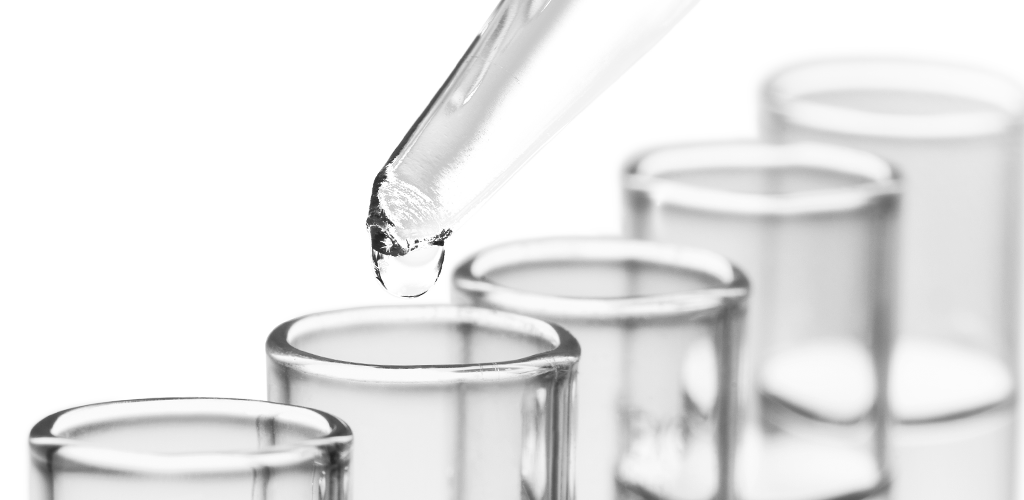Plasminogen-Aktivatoren (t-PA, u-PA)
Biochemie
| u-PA (Urokinase) | t-PA | |
|---|---|---|
| einkettige Form | single-chain Urokinase (scu-PA), Prourokinase, inaktive Form | single-chain tissue-type Plasminogenaktivator, (sc t-PA) |
| zweikettige Form | two-chain Urokinase (tc u-PA), Urokinase, aktive Form | two-chain tissue-type Plasminogenaktivator, (tc t-PA) |
| Molekulare Masse | 54.000 Da | 68.000 Da |
| Halbwertszeit | 5 - 10 Minuten | 4 - 5 Minuten |
| Plasmakonz. | 2 - 8 ng/ml | 5 ng/ml t-PA Gesamtantigen 1 ng/ml freies t-PA Antigen 0,5 IU/ml t-PA Aktivität Individuelle und zirkadiane Schwankungen |
| Syntheseort | Niere, Lunge | Endothelzellen |
| Primärstruktur | 411 Aminosäuren | 530 Aminosäuren |
Der wichtigste Plasminogen-Aktivator im Plasma ist t-PA. Wie Plasminogen verfügt t-PA über spezifische Bindungsstellen mit einer hohen Bindungsaffinität zu Fibrin. Die ursprünglich schwache Aktivierungskapazität des t-PA wird in Gegenwart von Fibrin erheblich beschleunigt. Auf diese Weise wird bevorzugt fibringebundenes Plasminogen aktiviert, so dass es zu einer Lyse des Fibringerinnsels von innen heraus kommt. u-PA spielt als Plasminogen-Aktivator im Plasma nur eine untergeordnete Rolle. Es besitzt Bedeutung bei Gewebeumbildung, Zellmigration und Tumormetastasierung im extravasalen Raum. Einkettiges Pro-u-PA wird durch Kallikrein zur zweikettigen Urokinase aktiviert.
Klinische Bedeutung
Patienten, die verminderte Freisetzung von t-PA nach Stau oder DDAVP-Infusion zeigen, werden "non-responder" genannt. Sie haben ein erhöhtes Risiko für thromboembolische Komplikationen wie venöse oder arterielle Verschlüsse, Apoplexien, Diabetes mellitus und koronare Herzkrankheiten. Erhöhte t-PA-Werte findet man bei Stress, Tumoren, Lebertransplantationen und Leberversagen.
Indikation
- Thrombophilie-Diagnostik
- Verdacht auf ein erhöhtes bzw. vermindertes fibrinolytisches Potential
Literatur
- Meijer P et al. The use of Stabilyte plasma may cause changes in pH in the assay of some fibrinolysis analytes and might effect results. Fibrinolysis 10 (Suppl. 2), 155-157, 1996.
- Geppert A et al. Concentration of Endogenous t-PA Antigen in Coronary Artery Disease. Arterioscler Thromb Vasc Biol 18, 1634-1642, 1998.
- Roldán-Olarte M, García DC, Jiménez-Díaz M, Valdecantos PA, Miceli DC. In vivo and in vitro expression of the plasminogen activators and urokinase type plasminogen activator receptor (u-PAR) in the pig oviduct. Anim Reprod Sci. Dec 136(1-2), 90-9, 2012.
- Keller L, Hobohm C, Zeynalova S, Classen J, Baum P. Does treatment with t-PA increase the risk of developing epilepsy after stroke? J Neurol. Oct 262(10), 2364-72, 2015.
- Rosen S et al. Evaluation of a bioimmuno assay for t-PA activity and its relation to PAI-1 activity and antigen levels. Fibr Proteol 12, 340-346, 1998.
- Kluft C, Meijer P. Update 1996: Blood collection and handling procedures for assessment of plasminogen activators and inhibitors (Leiden Fibrinolysis Workshop), Fibrinolysis 10 (Suppl. 2) 171-179, 1996.

